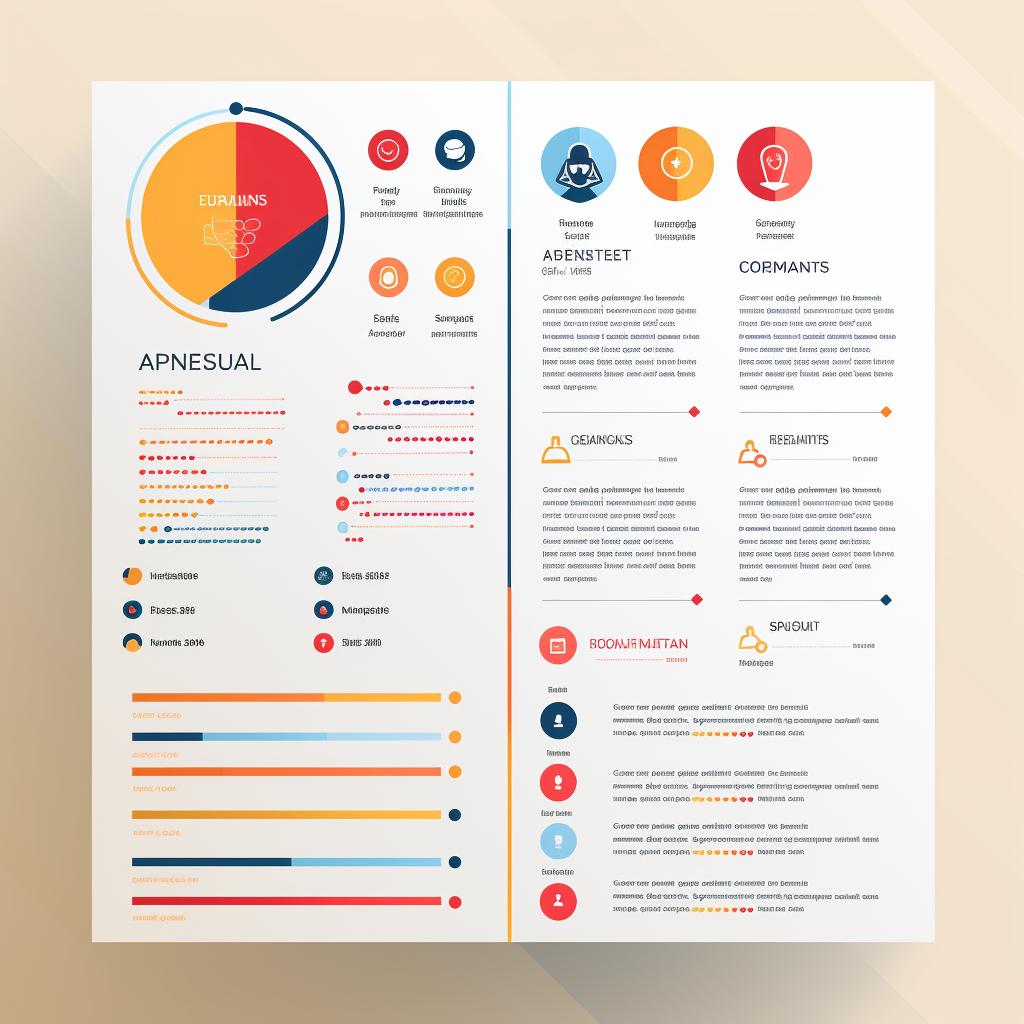Understanding the CV Parsing Process: A Step-by-Step Guide 📝
Understanding the CV parsing process is essential to creating a resume that stands out. This process is what enables your CV to be read, understood, and categorized by potential employers. It's what takes your resume from being a simple document to a dynamic, searchable profile that can be easily analyzed and compared with others. But how does it work? And how can you make it work in your favor? Let's take a deeper dive.
As you've seen in the steps above, a CV parser begins by scanning your resume. It's looking for key sections and information that will help it understand who you are and what you bring to the table. This is why it's so important to have a well-structured resume. Our article on the importance of resume outlines can help you create a CV that's easy for parsers (and humans) to read.
Once the parser has scanned your resume, it divides the document into sections. These sections typically include personal information, skills, experience, and education. Each section is then analyzed in more detail, with the parser identifying and categorizing individual data points. This is where having a well-crafted, detailed resume really pays off. For tips on how to create an effective resume, check out our FAQ.
The final step in the parsing process is storing the extracted information. The parser takes all the data it's gathered from your resume and stores it in a structured format. This makes it easy for employers to analyze your resume and compare it with others. It's also why resume optimization is so crucial. Our FAQ on resume optimization provides more information on how to make sure your resume is as effective as possible.
Understanding the CV parsing process is just the first step in creating a standout resume. Whether you're an aspiring actor, a recent graduate, or an experienced professional, Dump CV is here to help you create a resume that gets noticed. Start creating your online resume for free today, and make your next career move with confidence.













